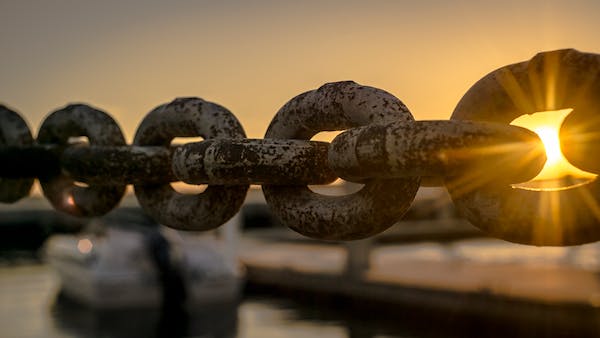
There’s a famous black and white photo from the Third Reich taken in Hamburg, Germany in 1936. It shows a crowd of shipyard workers, a hundred or more, with their right hands raised, saluting their allegiance to Adolf Hitler. But if you look more closely, you see one man who has his arms folded across his chest, refusing to salute. He is believed to be a man named August Landmesser who had joined the Nazi party years before. But even at this early date, he had seen enough of the Nazis to reject Hitler and Nazism.

What drove him to stand against the tide of his era? Though he was Aryan, he knew the Jews were not untermenschen, that is, socially inferior or sub-humans as the Nazis taught. He believed the Jews were German citizens and human beings just like himself. He knew this from his own personal experience, for he had fallen in love with one of them. The Nuremberg laws had made his relationship illegal. But history would later prove that this man, standing alone, was on the right side of history. The striking photo raises the question, where are we standing today when it comes to the crucial issues of our times?
In the book Caste: The Origins of our Discontents, Pulitzer Prize winning author, Isabel Wilkerson, begins her book with the story of Landmesser. In a masterful way, she compares the caste systems in three countries: India, Nazi Germany, and the United States. At first I was shocked to see my country listed next to Nazi Germany, but through her weaving together of meticulous research and stories of real people, she convinced me: “American today and throughout its history has been shaped by a hidden caste system, a rigid hierarchy of human rankings.”

Many people (including me) are used to thinking of slavery as a “dark chapter in our history.” But Wilkerson argues, “slavery was not a chapter in (our country’s) history, but the basis of its economic and social order. For a quarter millennium, slavery was our country.” In fact, slavery existed before our country did. In 1619, the Pilgrims owned 20 Black slaves. Many of the founding fathers owned slaves–the same men who signed the Declaration of Independence which states, “All men are created equal.”
The bottom rung of the hierarchy in the U.S. was not restricted to Black slaves. It also included Native Americans, white indentured servants, and various immigrants such as the Jews and the Irish. Later it included immigrants from Italy, Eastern Europe, the Middle East, and Asia. The notorious Immigration act of 1924, by establishing quotas, tried to restrict immigration from certain countries deemed “undesirable.” The aim? Ultimately, to keep the white gene pool healthy and strong—and whites (mostly men in 1924) in positions of leadership and control.
Caste is divided into eight sections. The titles include “The Arbitrary Construction of Human Divisions,” “The Eight Pillars of Caste” (such as the control of marriage and mating, occupational hierarchy, cruelty as a means of control, etc), “The Tentacles of Caste” (which includes a chapter on Satchel Paige and the illogic of Caste), and “The Consequences of Caste”. Reading even one of these sections would be well worthwhile.
Here are a few insights from the book:
+ We romanticize Southern Estates by calling them “plantations.” They were really “labor camps.”

+ On June 5, 1934 a committee of Nazi bureaucrats met to discuss options for imposing a rigid new hierarchy on the people of Germany, one that would isolate the Jews and assure power to the Aryan race. Behind closed doors they heard reports on the research done—especially reports “into how the United States managed its marginalized groups and guarded its ruling white citizeny.” In debating how “to institutionalize racism in the Third Reich, … they began by asking how the Americans did it.”
+ In 1959 Martin Luther King, Jr. and his wife Coretta visited India. One day they visited with high school students whose families had been Untouchables, the lowest rung in India’s caste system. The principal introduced him with these words, “Young people, I would like to present to you a fellow untouchable from the United States of America.” At first King was shocked and even peeved. But later as he thought about the 20 million people he was fighting for—many of them “smothering in an airtight cage of poverty” and quarantined in ghettos, he saw the accuracy of the principal’s words.
+ After giving a talk in London, Wilkerson was met by a woman from Nigeria who said to her, “You know that there are no black people in Africa.” Wilkerson was puzzled, so the woman added, “Africans are not black. They are Igbo and Yoruba, Ewe, Akan, Ndebele.” But when Africans come to the U.K. or U.S.A., it is then that they become black.
+ Caste is not restricted to country or race. It becomes a factor in interactions and decisions across gender, age, ethnicity, religion, immigrant status, and sexual orientation too.
+ The invisibility of caste “is what gives it power and longevity.”
In the epilogue of her book, Wilkerson tells of Albert Einstein who landed in America in a steamship in December 1932. One month later, Hitler was appointed chancellor. In America, Einstein was shocked to learn that “he had landed in yet another caste system, one with a different scapegoat caste and different methods, but with embedded hatreds that were not so unlike the ones he had just fled.” Wrote Einstein, “The worst disease (in America) is the treatment of the Negro.” Being a Jew, he said, he could understand and empathize with how black people feel as victims of discrimination. “I can escape the feelings of complicity in it only by speaking out.” And speaking out was exactly what Einstein continued to do.
Of all the books I’ve read this past year, Caste stands out as the most important one I’ve read. I fully agree with the Chicago Tribune’s review: This book “should be at the top of every American’s reading list.”

For reflection:
Does anything stand out for you in this reflection?
Have you ever experienced discrimination due to your gender, race, age, religion, or ethnicity?
Einstein said he can escape the “feeling of complicity” with the racism he found in the U.S. only by speaking out. Have you ever spoken out against an injustice you perceive in your country, in our world?
If you have read Caste, is there anything you wish to add to this reflection?
For today I chose the song that became the anthem for the Civil Rights Movement in the United States: Peter Seeger’s “We Shall Overcome.” Warning: some of the historic pictures are disturbing.
I encourage you to offer a comment below—on the reflection, the pictures, the reflective questions, the song…

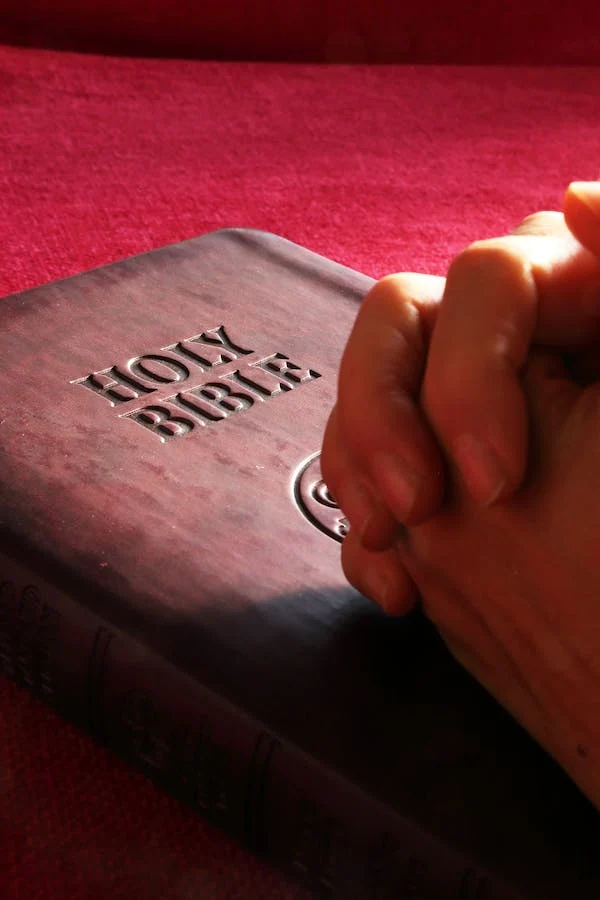
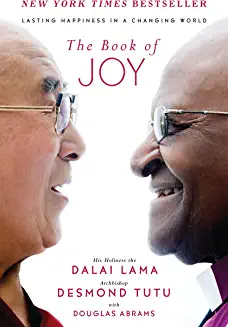
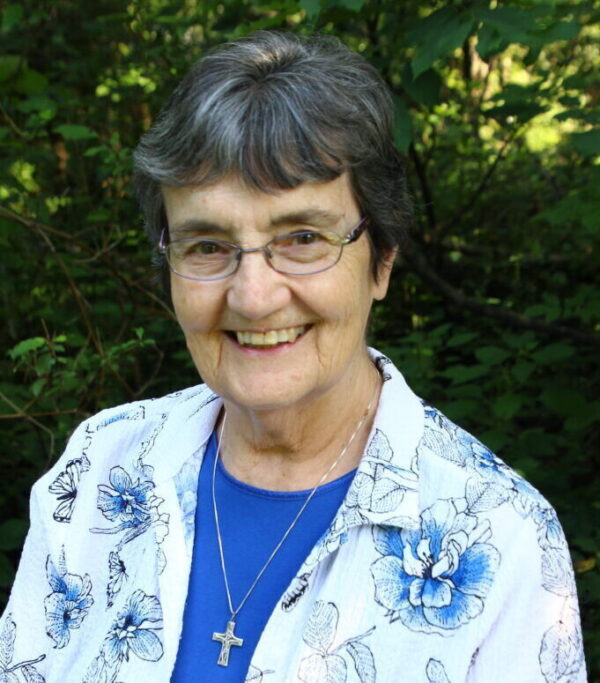

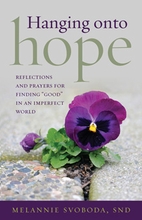

11 Responses
I read this book in late 2020 and it was an ‘eye-opening’ experience. My childhood (1958-68) was spent in a white suburb of a Southern city with a significant Afro-American population. They were very effectively segregated and whites had little interaction with THEM. When we returned to our home state in the North, the population mix was noticeably different. There were very few Afro-Americans and they were also segregated. I believe that many of us were unaware of this institutional discrimination. Hitler’s adoption and implementation of the Jim Crow system is a sickening revelation.
David, I’m glad to connect with someone else who has read this book. It certainly was an “eye-opening experience” for me too. Thank you for sharing your personal experience of growing up. And your last sentence is chilling but accurate. Thanks for writing! Melannie
While in my pre-teen years, my family moved to a rural town here in Ohio. To my surprise, there was an adjoining Black community, extremely poor, which my brother and I bicycled into one summer day. The children were barefoot, the homes without bathrooms and electricity. We befriended the children–mostly our age–and found out they went to school only occasionally; it was real that they did not exist on Government census data. Their homes were deplorably poor. Many years later I learned about African-American Settlements and wondered if this was one of them. Eventually, their lives improved somewhat but the remnants of that poverty still exists in the town. I am working now to write something about this experience. Yes, Wilkerson’s book is an amazing piece of investigative research we should all read. S. Mary Ann Flannery
Mary Ann, Thank you for sharing your childhood experience with us. Obviously, it made a deep impression on you. I hope you do write about that experience someday soon. Glad you too found Wilkerson’s book “an amazing piece of investigative research.” Thanks for writing! Melannie
Good afternoon, Sr. Melannie…
I must read this book. I’ll start with that. Currently, I am in my 43rd year in the classroom, and I have loved every year of my career, particularly the last six, for during those years I have been incredibly blessed to be teaching at a school — an all girls Catholic school — rich in diversity: 50% white, 50% students of color. I have taught some, but I have learned much. In the aftermath of George Floyd’s death, we had something called “courageous conversations.” Due to Covid, many of these conversations took place on Zoom, and what I learned from the testimony of the black students was heartbreaking. Either they themselves or family members had been victims of racial bias, some of it violent. As a white male, I have never been pulled over while “driving white,” but for the students speaking out — often in tears — they told a different story.
John, 43 years in the classroom! What an accomplishment–and a blessing for you and your students! Your current teaching situation seems especially unique and worthwhile. Those “courageous conversations” must have been enlightening for you and your students. I applaud you and your high school for having them. Thanks again for your comment! Melannie
I lived in a white community in Colorado Springs.
When i was in 3rd/4th grade, I walked to a Catholic school. When I walked “over the railroad tracks”, a colored boy ( we were never allowed to say the N word) was going to the same school.
We made friends, but he always hung behind me.
I didn’t think anything of it. That’s just the way it was. I think he was the only black boy in the whole school. When I think about now, I cannot imagine what he must have gone through being so alone. I’ve always had a soft spot in my heart for so many of those left behind.
The book sounds fascinating.
I so look forward to Mondays ☺️
Thank you,
Sue, Thank you for sharing your personal experience with us. Your story is poignant. How the boy “hung behind me”… Only later did you realize how alone he must have felt in school. This experience it seems left a “soft spot” in your heart for “those left behind.” That “soft spot” is another name for compassion. Thank you for your story… Melannie
I should have known you had blogged on Caste. It was especially good to read your summaries above, as they reminded me of forgotten details from my reading it in 2020. I recently finished Meacham’s biography on Andrew Jackson and got a much better understanding of how much of USA’s founding and history had castes baked into the country and culture. My wife’s a baker. We need to continue to shine God’s light on each of the human and natural ingredients that make up the Joy in our world.
Giddy up and God Bless you, Sr Melannie!